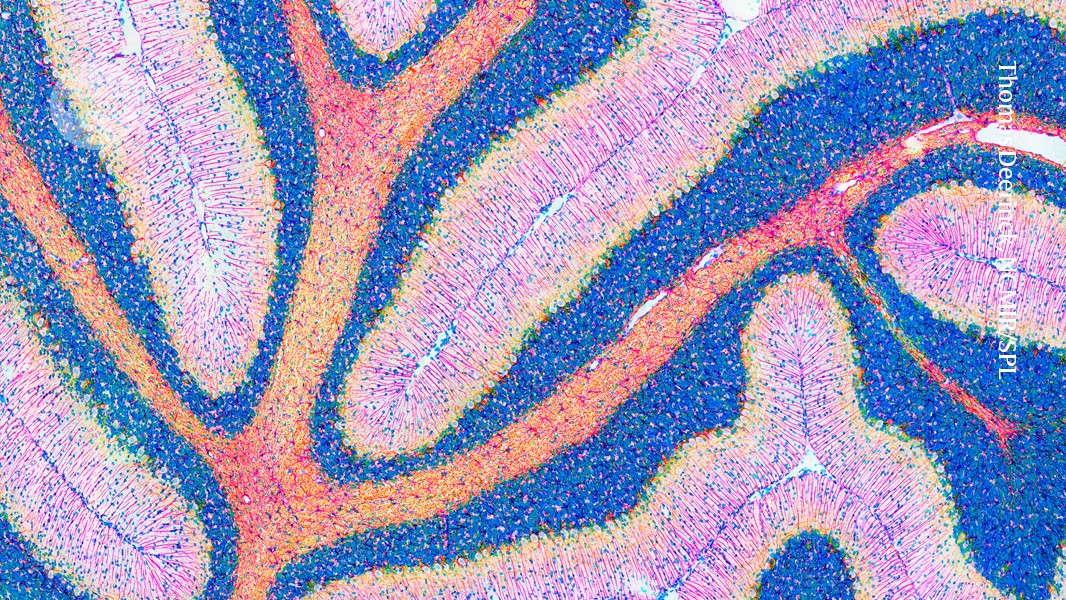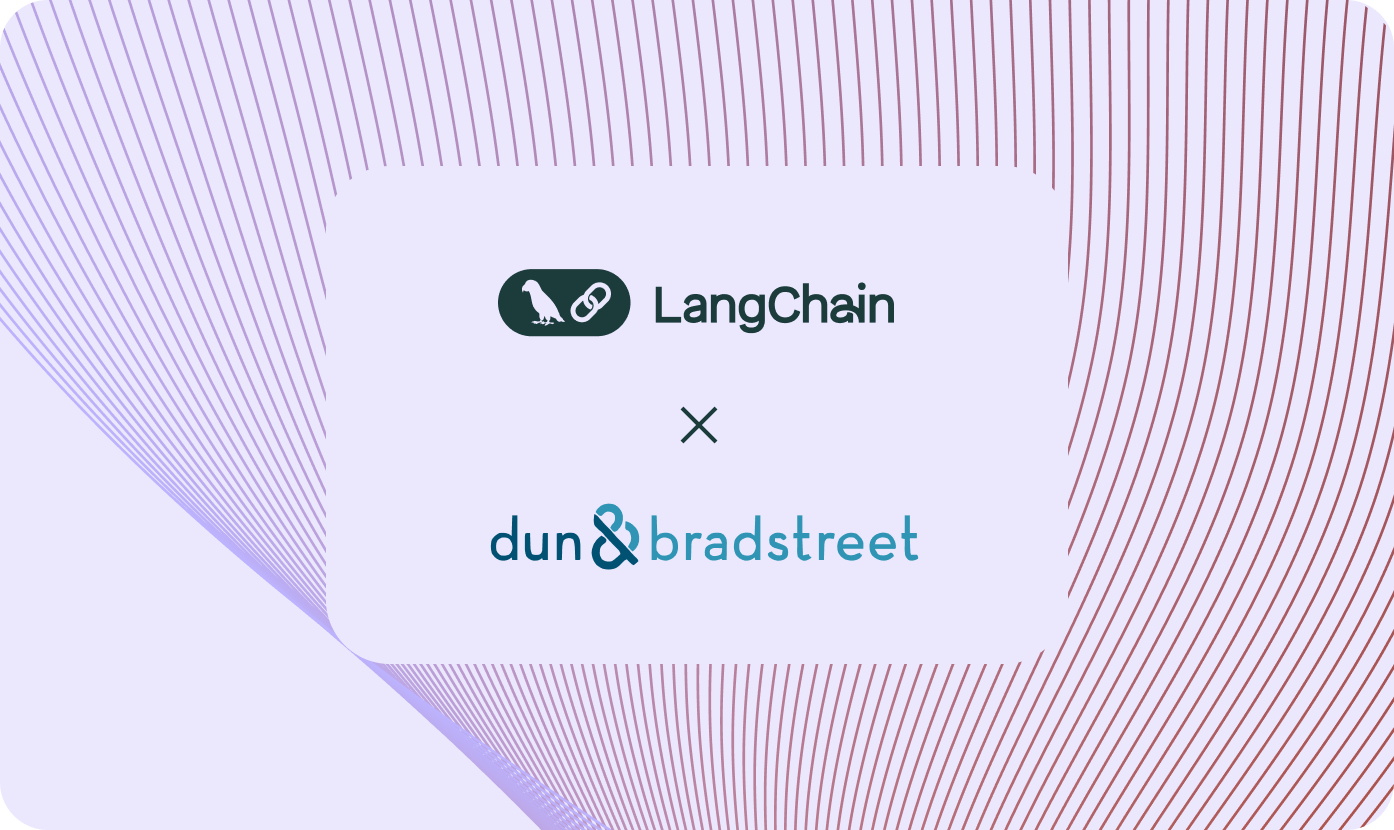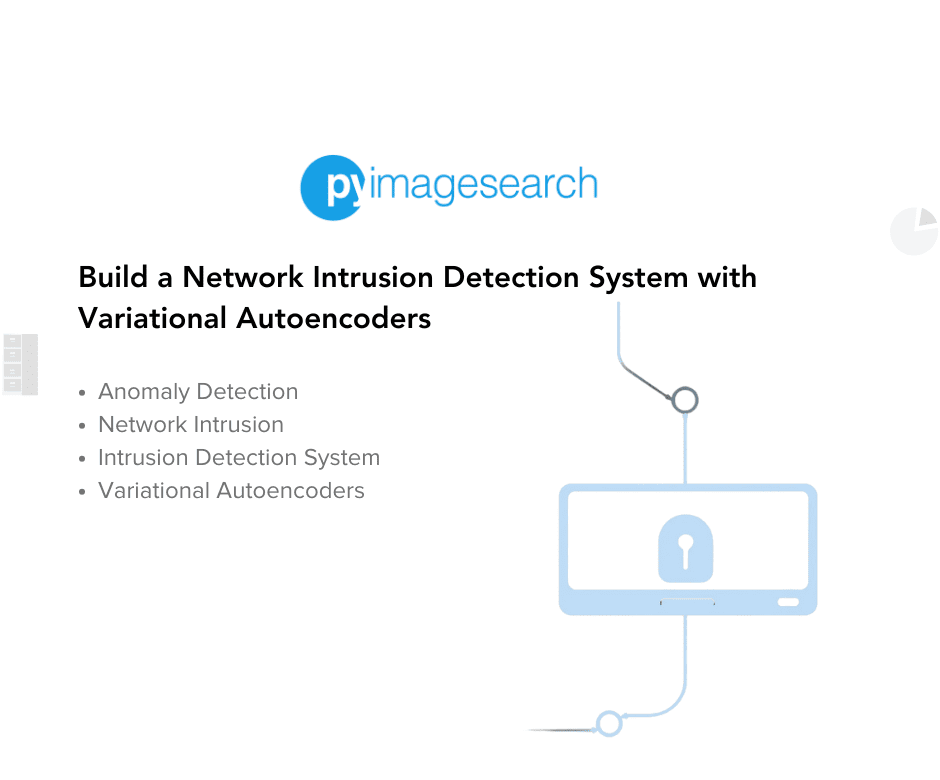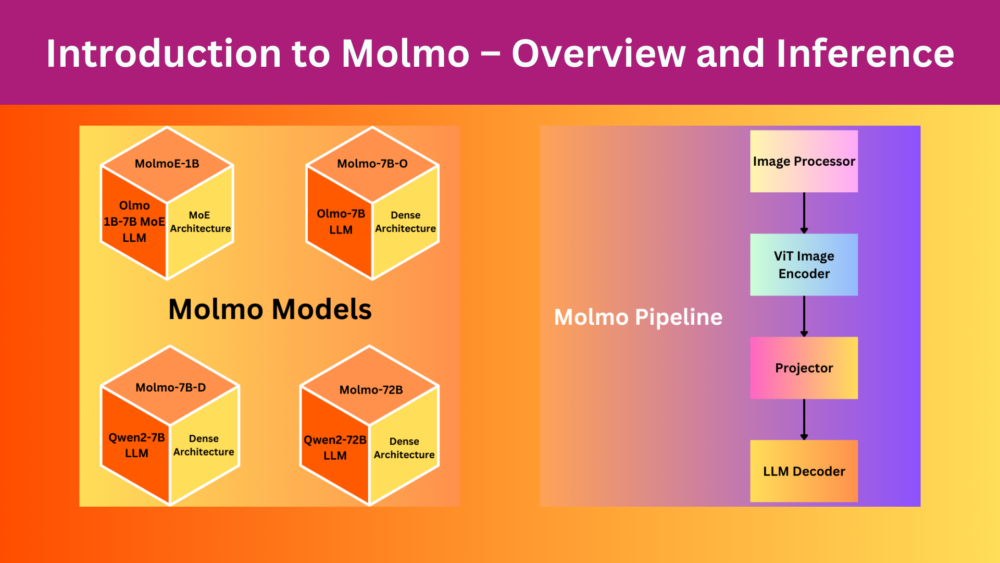Computational technologies of the Human Cell Atlas

Single-cell technologies have shattered the fuzzy lenses through which researchers conventionally view biology. Instead of looking at the average behaviour of a swathe of cells, scientists can interrogate genes or other features cell by cell. But the technology also brings…










